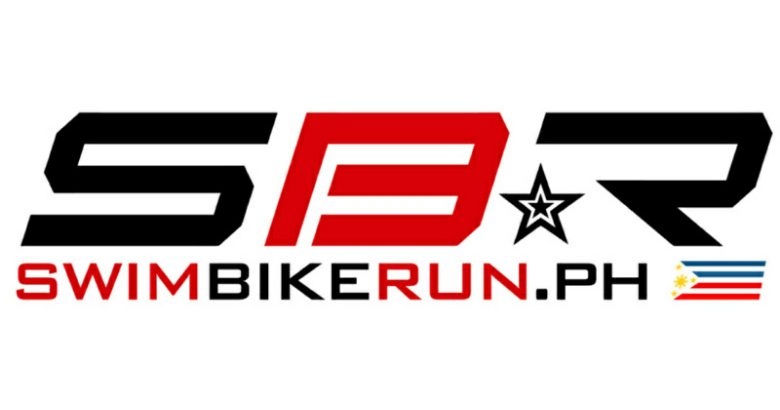Hydration: Top 5 Mistakes


It was only just a few months ago when we were riding or running outside in 35 degree weather and the wind chill factor was well below freezing that we all muttered those famous words, “I can’t wait until it warms up.” Is it warm enough for you now?
Now the real heat of the summer is upon us and there are still quite a few races and training days until we get those nice cool fall mornings again. One of our biggest obstacles on hot, humid days is knowing the proper way to hydrate and take electrolytes.
Exercise causes body fluid losses from moisture in exhaled air as well as from sweating. Unless fluid losses are replaced by drinks, sweating causes progressive depletion of circulating blood volume, leading to dehydration and a thickening of blood. This places a strain on the cardiovascular system, with a rise in heart rate in order to maintain adequate blood flow to exercising muscles and vital organs. As blood volume depletes, blood flow to the skin is reduced. As a result, sweating decreases and heat dissipation from the skin is impaired, causing body core temperature to rise, potentially leading to heat stress, collapse and even worse.
Even low levels of dehydration have physiological consequences. A loss of 2% bodyweight causes an increase in effort and is claimed to reduce performance by 10-20% A fluid loss exceeding 3-5% bodyweight reduces aerobic exercise performance noticeably and impairs reaction time, judgment, concentration and decision making – vital elements in all sports, from pole-vaulting to football.
Ok here is a test to see if you were paying attention.
Q: Which of the following statements is false?
A) Exercise causes higher sweat rates
B) Dehydration causing body core temperature to rise
C) As blood volume depletes, blood flow to the skin is reduced
D) A loss of 2% bodyweight due to dehydration can reduce performance by 10-20%
E) All football players have a lack of concentration
If your answer is “E”, then you have passed with flying colors. Don’t you wish all tests where that easy? If you didn’t choose “E”, then maybe you are a little dehydrated right now (or you are a football player.. just kidding).
So now that we know that dehydration is “bad” and should be avoided, I have put together a short list of the top five mistakes athletes make when it comes to hydration. So without further ado (I’ve always wanted to write that by the way) and straight from the home office in Cary, NC:
Top 5 Hydration Mistakes
Number Five – Not drinking enough or drinking too much
Most people need between 20-33 ounces of water per hour during exercise. Less than that amount can lead to dehydration, but also more than that amount can lead to dilutional hyponatremia (overly diluted blood sodium levels) or water-intoxication. The amount of water per hour does vary on the individual and weather conditions. A good way to determine your own sweat rate is to weigh yourself before and after workouts. Your goal is to keep weight loss to no more than 1%.
Number Four – Drinking water only and little or no electrolytes
A water only hydration strategy will only dilute your blood sodium levels as mentioned above. Having the proper balance in your blood of water and electrolytes will help you avoid all sorts of problems such as gastric stress, edema, or muscle spasm and cramping. If you want to see your effort come to a complete halt, forget to take in electrolytes or take in too many electrolytes from an unbalanced formula and watch it happen!
Number Three – Using a simple sugar fuel
Simple sugars are used in most popular sports drinks for taste, however, simple sugar fuels must be mixed in weak 6-8% solutions or they will sit undigested in the stomach and not pass the gastric lining, possibly creating sour stomach or cramps. If the fuel is in your stomach, then you are not getting the important water as well. (see our website for training articles on alternative fuel sources).
Number Two – Lack of a hydration plan
Some athletes will approach training workouts and racing without a real plan for hydration and just use the “wait until I’m thirsty” approach. By that time you are generally too late to effectively battle your sweat losses. A better approach is to determine your individual sweat rate based on certain weather conditions and use this information to consume the proper amount of fluids per hour. It’s better to sip small amounts of fluid over the entire hour versus one or two big gulps.
Number One – Not practicing proper hydration during training or doing something completely different on race day
The best way to fine tune your hydration plan is practice, practice, practice. I can’t tell you the number of times I have heard athletes changing how often (and what) they ate/drank on race day. Knowing how your body reacts to the proper fuels, fluids and electrolytes will be the key to your best performance on race day or in a given workout.
So now that you know what to avoid when it comes to hydration, maybe those dog days of summer won’t be quite so daunting. So I leave you one more motivational reason on why hydration is so important, in the format of a popular commercial:
Race Entry Fee for Half Ironman: $100
Ride in an Ambulance to Local Hospital: $250
IV’s, Emergency Room, Dr’s Fee: $1500
Overnight Stay for Observation: $800
Finishing your race without going to the Med Tent: PRICELESS
Source: Randy Bernard









